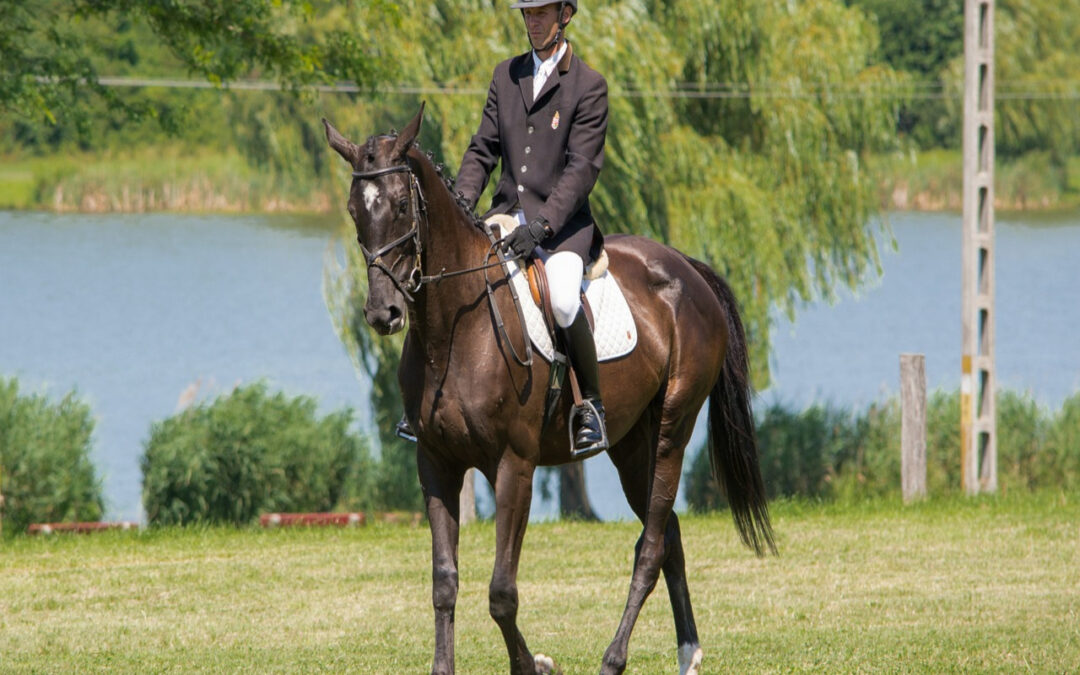Horses are different from one another. They are unique in their own way. Their learning capabilities also vary and on how they react to certain situations. There are lots of horse training techniques that you can use. One technique might work for a certain horse but it might not work for another. You must be able to find the appropriate technique that suits your horse.
When training your horse, you should first develop an effective communication system. Learning the horse’s language can take time especially if you’re a beginner. Horses are like children. There are times when your horses can’t catch up with the training lessons. Repetition is the key to teaching your horse all the things it has to know but you must not force it. They can learn in their own pace.
When pressure is applied during horse training, it might generate a negative response. It is very important for your horse to understand that in order to elicit a response, a slight pressure is required. You can’t expect immediate compliance and the time it takes to train a horse also varies. Some horses learn fast while others don’t. By being patient, your horse can learn.
All the lessons you introduce to your horse will be part of his vocabulary in due time. Some of the lessons may still be too big for your horse to learn and so you need to break it down. Horses learn in different paces; you must be able to determine the learning pace of your horse in order to teach it effectively. Teach the lessons slowly but surely.
Horses can’t understand human words but somehow, they are able to associate it with actions. In due time, your horse can comprehend. It would be best to use short words and more on body language. Horses are used to living in herds. You should act as the herd leader in order for your horse to obey you. Patience is a very important factor when training horses.
Even humans can’t learn under stressful situations. Lessons should not be forced during training. Horses don’t like whipping and yelling. They react negatively by giving physical responses like striking, kicking, and whirling.
Creating an ideal environment is necessary for horses to learn their training lessons. Allow your horse to learn at his own pace. It’s natural for horses to resist new lessons. When a horse does not react when a lesson is first introduced, it doesn’t mean it has already learned its lesson. When teaching your horse lessons, you should ensure that it has learned it well. Try to review the lessons learned. When your horse has mastered a lesson, its time to begin a new one; always review past lessons so your horse won’t forget them.
Horse training is not as easy as you think. It requires skill, patience, hard work, and determination. If you’re a horse owner and you want to train your horse, there are still a lot of things to learn. Follow the instructions mentioned earlier. Never stop learning. Stubborn horses can be dangerous and if you have a hard time in training them, you should consult the professionals.
Some horses have problems and you need to identify them because it might be causing the trouble or the discomfort. Good luck with your horse training. Use the appropriate training techniques to ensure success.


